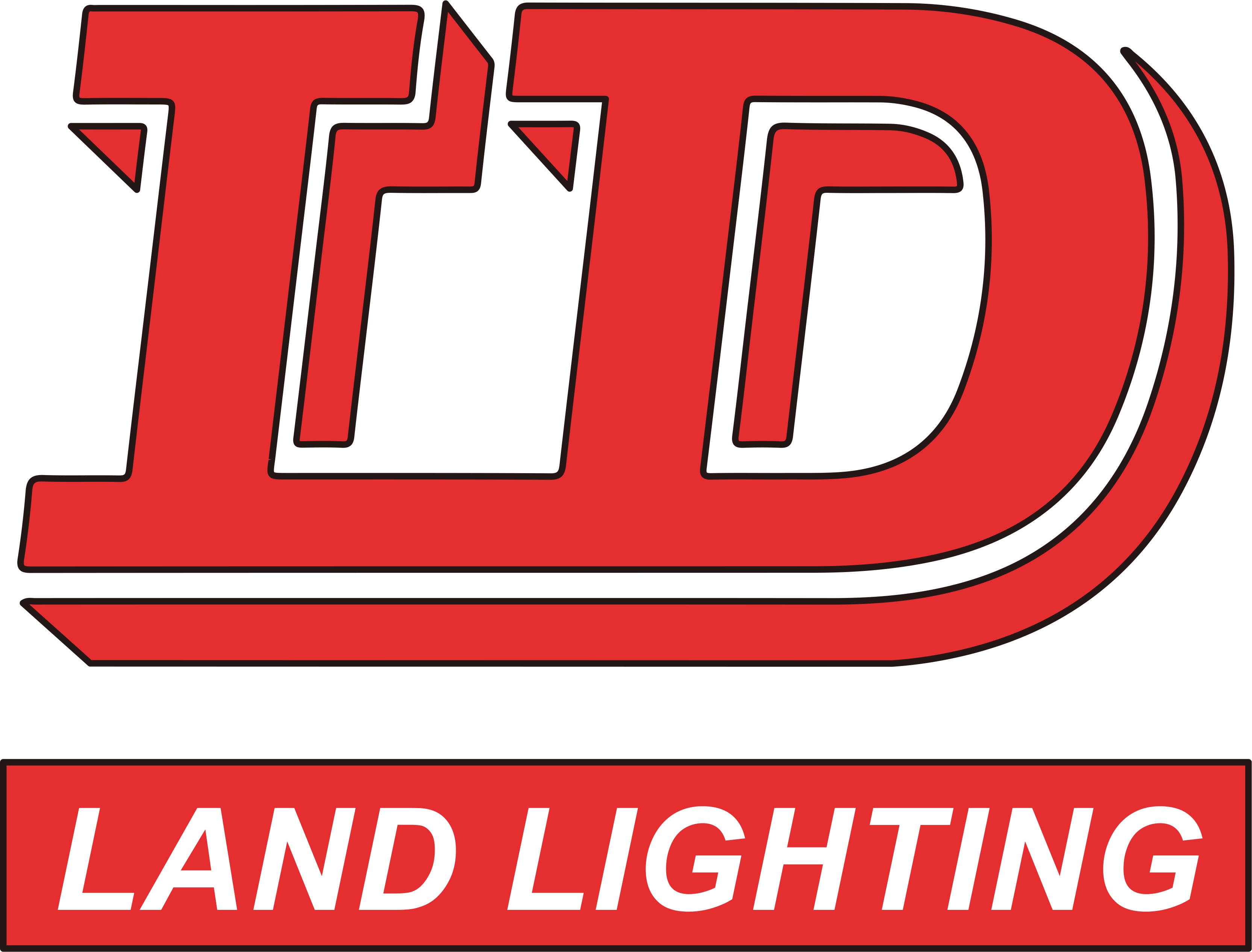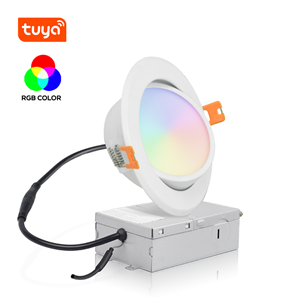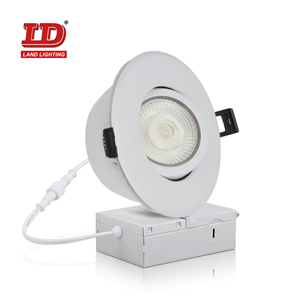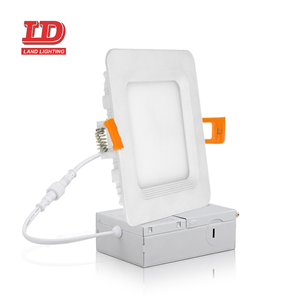Incandescent Ban Regional Developments
Incandescent Ban Regional Developments
- European Union
The European Union consists of 28 European member states including Germany, France, United Kingdom, Spain, Italy, Denmark, and Sweden just to mention a few.
The UK was the first country in the EU to show interest in phasing out incandescent technology.
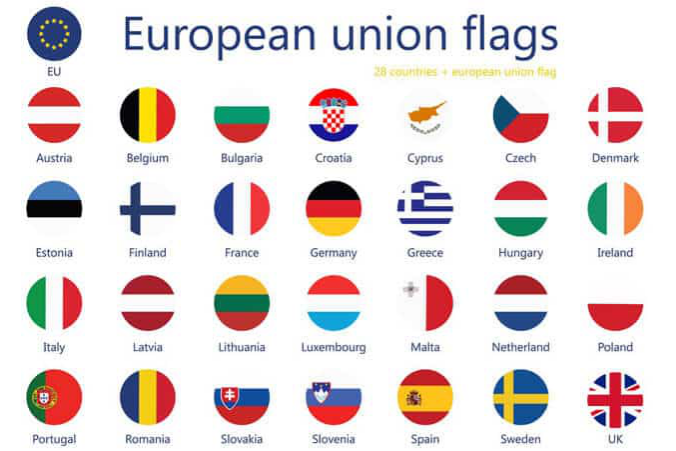
In 2007, they announced that they’d phaseout incandescent by 2011.
In 2008, Ireland followed suit by phasing out lighting fixtures that were rated below 16lm/W in luminous efficiency.
After a while, all EU countries agreed to phase out incandescent light technologies by 2012.
However, this move was more of a partial ban since it did not apply to all types of incandescent lighting. The agreement was to phase out non-directional, general-purpose incandescent bulbs.
That meant that reflective surface bulbs (like spotlights and halogen downlighters) and special-purpose bulbs (e.g. those used in household appliances, infrared lamps, traffic lights, and automotive lighting) we exempted.
As per the timeline of events…
Frosted incandescent bulbs were the first to go (by September 2009).
Thereafter, all incandescent bulbs above 100 Watt started getting replaced with better and more efficient alternatives.
By the end of 2012, the Wattage limit had been brought down and efficiency requirements raised.
That paved the way for the migration to more efficient lighting alternatives.
- United States
The U.S. wasn’t left behind either.
The incandescent ban/phase-out began as early as 2007; when the state of California passed legislation that sought to completely phase out incandescent bulbs by 2018.
Basically, this bill stipulated that the minimum allowed luminous efficiency of standard lighting fixtures would be 25lm/W by the end of 2013…
And at least 60lm/W by the end of 2018.
Similar legislation was proposed in Connecticut too.

Now:
As time went by, other states joined in the phase-out movement.
The states of Utah and New Jersey came up with laws that enforced the use of energy-efficient lighting fixtures in all government buildings.
Utah went on to undertake LED-based lighting projects in an effort to encourage and smoothen the transition to better and more efficient lighting technologies.
By the end of December 2007, the federal government had ratified the Energy Independence and Security Act of 2007 commonly known as EISA.
This Act introduced limits to the power consumption requirements of all general-service light bulbs yielding between 310 and 2600 lumens of light.
That meant that any fixture that fell outside that range was exempted from the said limits.
Other kinds of incandescent lights spared from these restrictions include:
Plant lights.
Stage lights.
Rough service lights.
3-way lamps.
Colored bulbs.
Appliance lighting.
Outdoor post lights (Under 100 watts).
Shatter-resistant bulbs.
Candelabra lights (Under 60 watts).
And nightlights.
Simply put:
This Act’s main objective was to start phasing out most incandescent light bulbs by January 2012.
And in an effort to simplify the process of consumers finding an efficient lighting fixture, the United States Environmental Protection Agency‘s Energy Star program (March 2008) came up with rules that helped to classify lamps according to their:
Overall energy-efficiency.
Durability.
Starting time.
Color.
And performance consistency.
That way choosing the right fixtures from the myriad of choices becomes easy for consumers.
Sadly, the incandescent phase-out wasn’t as smooth.
- Australia
Australia is also a strong advocate for the incandescent ban.
It was among the first countries to begin the phase out of inefficient incandescent bulbs.
In Australia, the phase out process started as early as February 2007.
They enacted a law that stipulated lighting standards that would see the phase out of most incandescent lights by 2010.

These standards were quite simple.
As per the Australian Federal Government, the only incandescent lights that would be spared are the one that met the minimum energy performance standards (MEPS) the government had set.
The MEPS included a minimum standard efficiency level of 15lm/W.
By November 2008, Australia had completely banned the import of non-compliant lighting fixtures that mostly comprised of incandescent globes.
And a year later, in November 2009, the sale of non-compliant light fixtures was prohibited.
Now:
There was a proposal that would ensure that all light bulbs and fixtures sold from October 2009 were compliant with the new MEPS.
That meant that high-efficiency halogen bulbs would continue to be sold and used since they complied with MEPS.
However, the country plans to place a full ban on the sale, distribution and use of halogen light bulbs starting September, 2020.
Over the years, Australia has brought up initiatives to encourage its citizens to switch to better and more efficient lighting technologies like CFLs and LEDs.
As mentioned above other countries have been working towards phasing out incandescent light technology.
Looking at the regional developments in Asia…
At least 18 countries have embraced the incandescent ban in one way or another.
